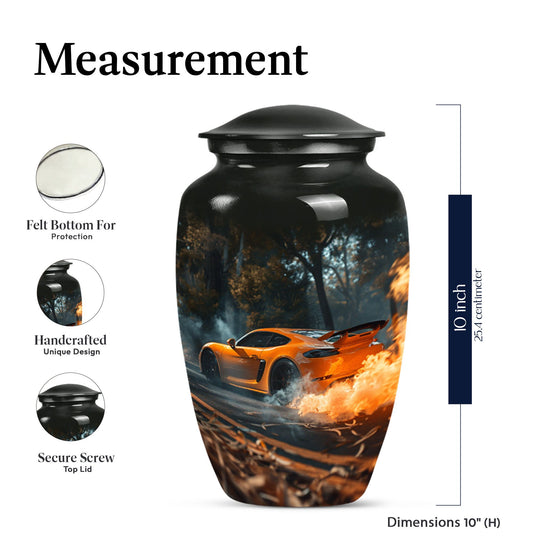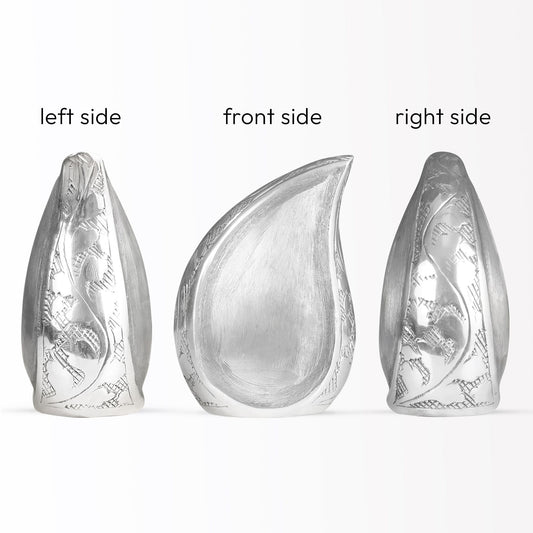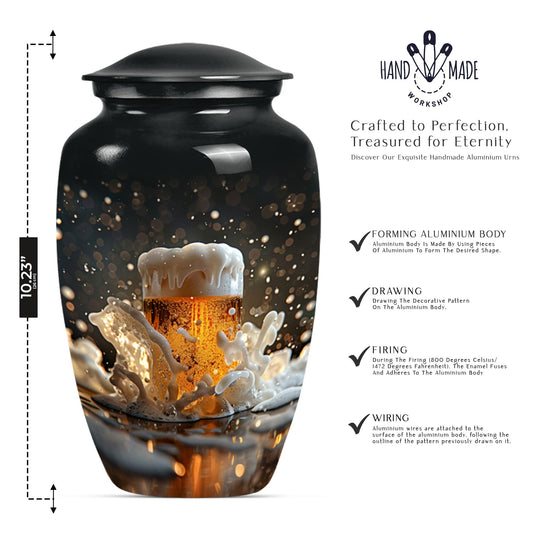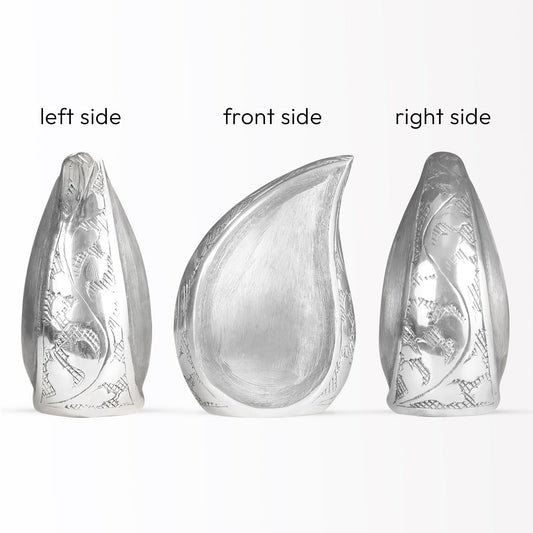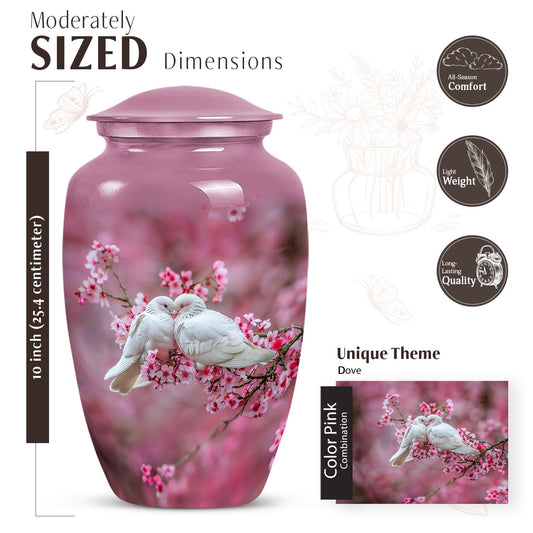Popular Urns
How to Plan a Memorial: A Step-by-Step Guide

Create a Meaningful Memorial
Planning a memorial is a heartfelt way to honor the memory of a loved one. It’s a time for family and friends to come together, share stories, and celebrate a life well-lived. This guide will walk you through the essential steps to plan a meaningful and memorable service.

Step 1: Decide on the Type of Memorial
The first step is to decide what type of memorial service you want to hold. There are several options to consider:
- Traditional Service: Typically held in a funeral home, church, or community center, with a set order of events including eulogies, readings, and music.
- Celebration of Life: A more casual and upbeat gathering that focuses on celebrating the deceased’s life rather than mourning their loss.
- Graveside Service: Held at the burial site, often simpler and shorter than a traditional service.
- Memorial Reception: A gathering of friends and family, often with food and drinks, where people can share memories in a more informal setting.
Step 2: Choose a Venue
The venue sets the tone for the memorial. Consider locations that were meaningful to the deceased or that can accommodate the number of expected attendees. Common options include:
- Funeral homes
- Churches or places of worship
- Community centers
- Private homes
- Outdoor locations such as parks or gardens

Step 3: Set a Date and Time
Choose a date and time that allows family and friends to attend. This might be a few days after the death or several weeks later, depending on the circumstances and the availability of key participants.
Step 4: Plan the Order of Service
Outline the sequence of events for the memorial. Common elements include:
- Welcome and Introduction: Typically given by a close family member or a celebrant.
- Eulogies and Remembrances: Invite family and friends to share memories and stories.
- Readings and Poems: Select meaningful passages, poems, or religious texts.
- Music: Choose songs that were significant to the deceased or that convey the desired mood.
- Visual Tributes: Consider creating a slideshow or video montage of photos and clips.
- Closing Remarks: End with a final tribute or a moment of silence.

Step 5: Create and Distribute Invitations
Send out invitations to the memorial. These can be printed cards, emails, or social media announcements. Include essential details such as the date, time, location, and any special instructions (e.g., dress code, requests for contributions to a memory book).
Step 6: Personalize the Memorial
Adding personal touches can make the memorial more meaningful. Here are some ideas:
- Photo Displays: Create a gallery of photographs showcasing different stages of the deceased’s life.
- Memory Table: Set up a table with memorabilia, such as favorite books, hobbies, or personal items.
- Guest Book: Provide a book where guests can write messages, memories, or condolences.
- Memory Jar: Invite guests to write down their favorite memories or messages on slips of paper to be read later.
Step 7: Arrange for Food and Refreshments
Food can bring comfort and create an opportunity for guests to gather and share stories. Consider catering, potluck, or a simple spread of the deceased’s favorite foods. Ensure you have enough for the number of guests and accommodate any dietary restrictions.
Step 8: Plan for Logistics
Handle the practical aspects to ensure the memorial runs smoothly:
- Seating Arrangements: Make sure there is enough seating for all guests.
- Parking: Ensure there is adequate parking or provide information about public transport.
- Accessibility: Ensure the venue is accessible for elderly guests or those with disabilities.
- Audio-Visual Equipment: Arrange for microphones, speakers, and projectors if needed.

Step 9: Consider a Keepsake
Provide guests with a keepsake urn to remember the deceased. This could be a printed program, a small token like a candle or bookmark, or a digital keepsake like a video link.
Step 10: Follow Up After the Memorial
After the memorial, take time to thank those who attended and contributed. This can be done through thank-you cards, emails, or phone calls. Consider creating a digital archive of photos and videos from the memorial to share with family and friends.
Conclusion
Planning a memorial is a deeply personal and emotional task. By taking these steps, you can create a meaningful service that honors the memory of your loved one and provides comfort to those who knew them. Remember, there is no right or wrong way to hold a memorial—what matters most is that it reflects the life and personality of the deceased.
ALSO READ:
How to Transfer Ashes into a Cremation Urn: A Step-by-Step Guide
Cremation Or Burial - Meaning, History, Significance, Cost, Environmental Considerations
Guide to Scattering Ashes: Creating a Peaceful and Meaningful Ceremony















